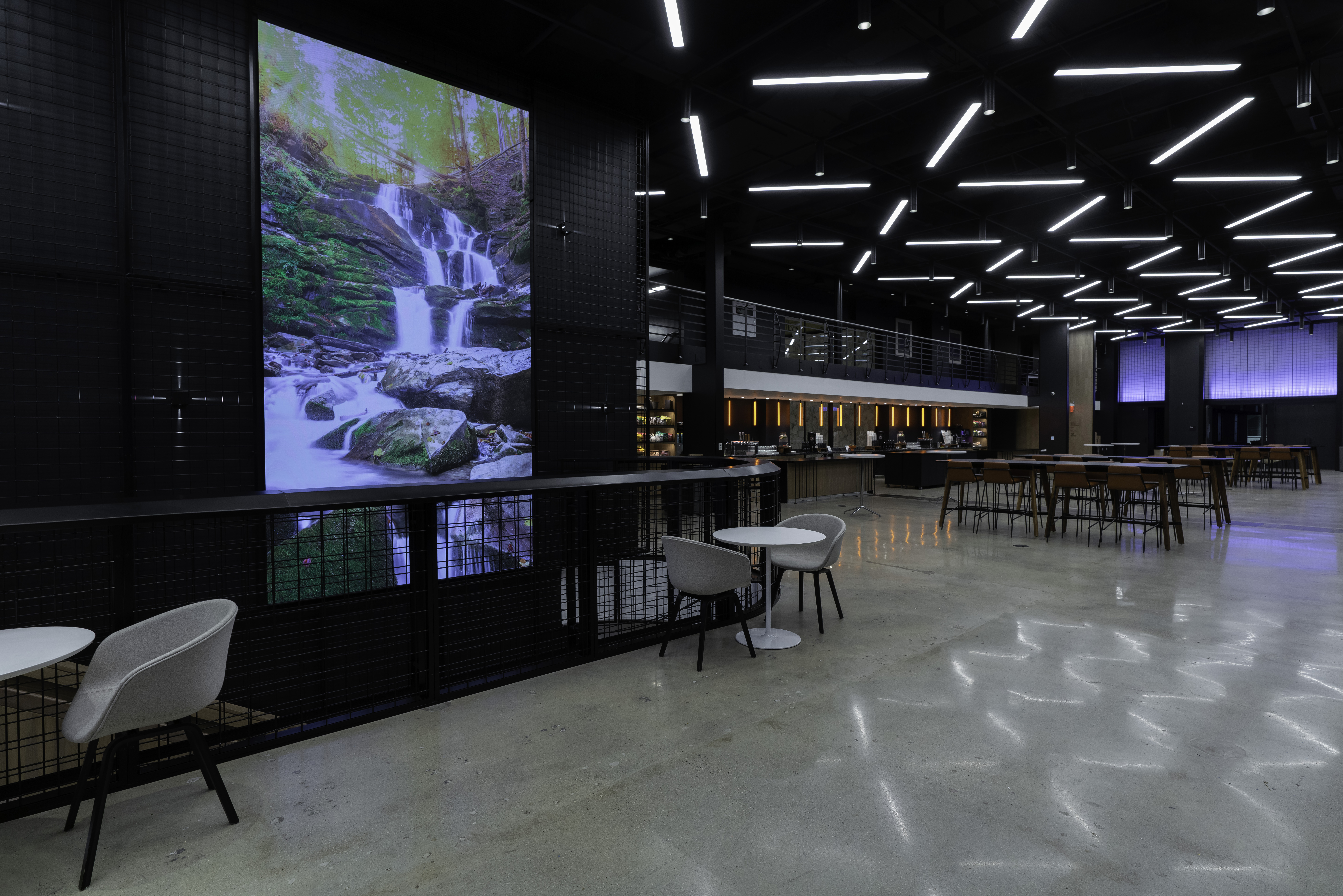Exploring the Key Factors That Affect Color Uniformity in LED Wall Screens for Ideal Display Performance
Hue uniformity in light-emitting diode wall panels is essential for attaining optimal optical performance. light-emitting diode wall screens are commonly used in various settings, including concerts, meetings, and advertising displays. When the colors on these panels are uniform, they create a more captivating and immersive experience for viewers. Several key factors affect hue uniformity, including the quality of the light-emitting diode components, calibration processes, and surrounding conditions.The caliber of the LED elements plays a major role in hue uniformity. Various types of light-emitting diodes produce light at varying frequencies, which can influence the overall hue output. High-quality light-emitting diodes are engineered to generate a more consistent light spectrum, resulting in improved hue precision. Additionally, the production method of these light-emitting diodes can affect their performance. Panels made with high-grade materials and technology tend to have fewer hue variations, guaranteeing that the displayed images and videos look vibrant and faithful to life.

Tuning is another crucial factor in preserving hue uniformity in LED wall panels. Tuning entails modifying the settings of the screen to ensure that the colors shown align the intended appearance. This procedure can include fine-tuning luminosity, contrast, and hue equilibrium. Regular tuning is necessary, especially in settings where lighting factors vary frequently. By tuning the screens, specialists can fix any discrepancies in color output, resulting to a more uniform viewing encounter.
Environmental factors also influence hue consistency in light-emitting diode wall panels. Factors such as surrounding light, temperature, and humidity can influence how hues are perceived. For instance, intense surrounding light can wash out colors, making them look less lively. Similarly, extreme temperatures can influence the functionality of the LEDs, leading to hue shifts. To reduce these issues, it is crucial to install LED wall panels in managed environments where lighting and temperature can be managed effectively.
Lastly, the layout and arrangement led wall rental for advertising campaigns of the LED wall screens can impact hue uniformity. The arrangement of the screens, as well as the distance from which they are observed, can create variations in hue perception. When screens are placed too distant apart or at varied angles, audiences may detect discrepancies in hue. To achieve the best optical performance, it is important to take into account the placement and arrangement of the panels during setup. By tackling these factors, users can ensure that their light-emitting diode wall screens deliver a uniform and superior optical encounter.